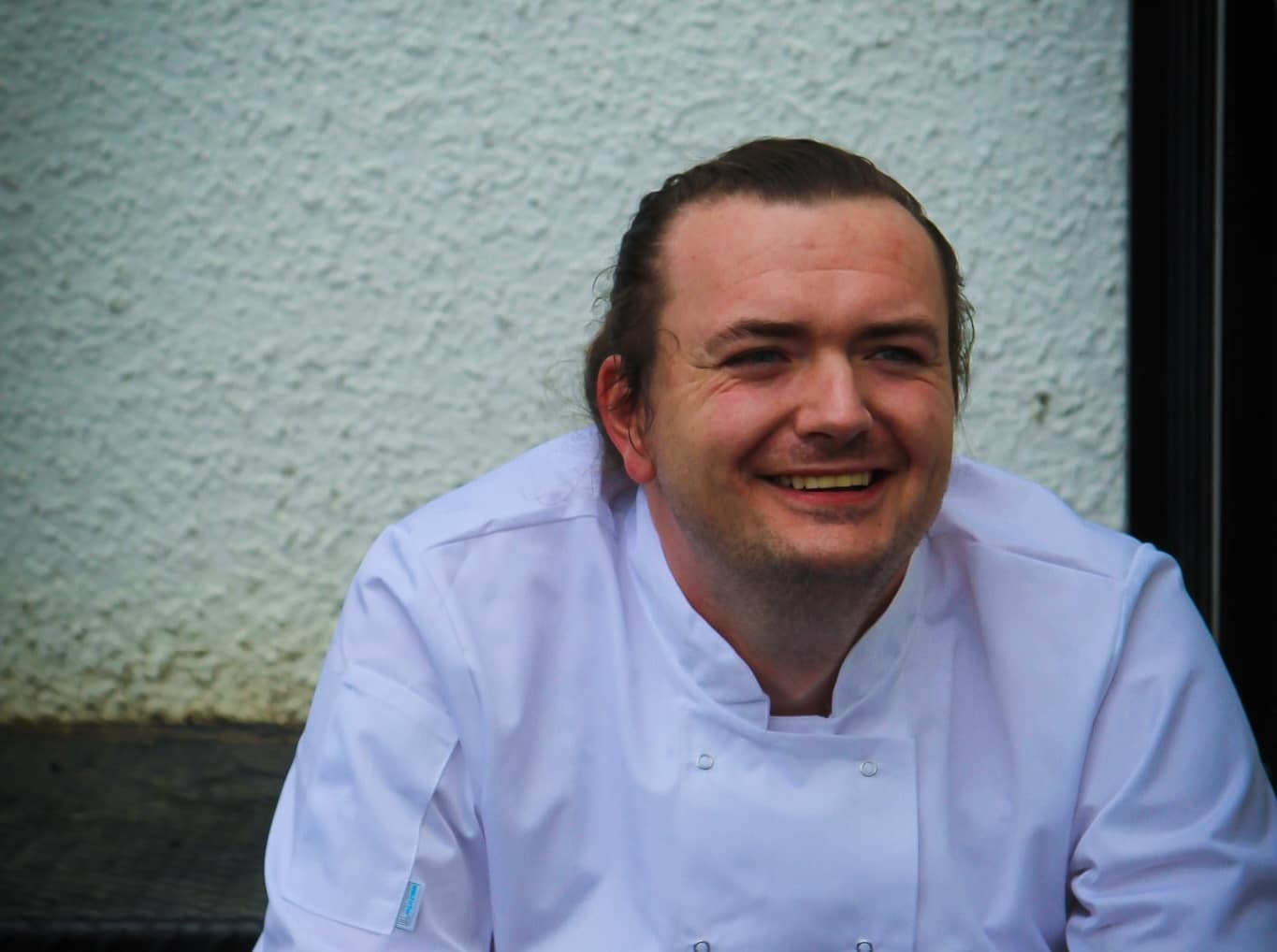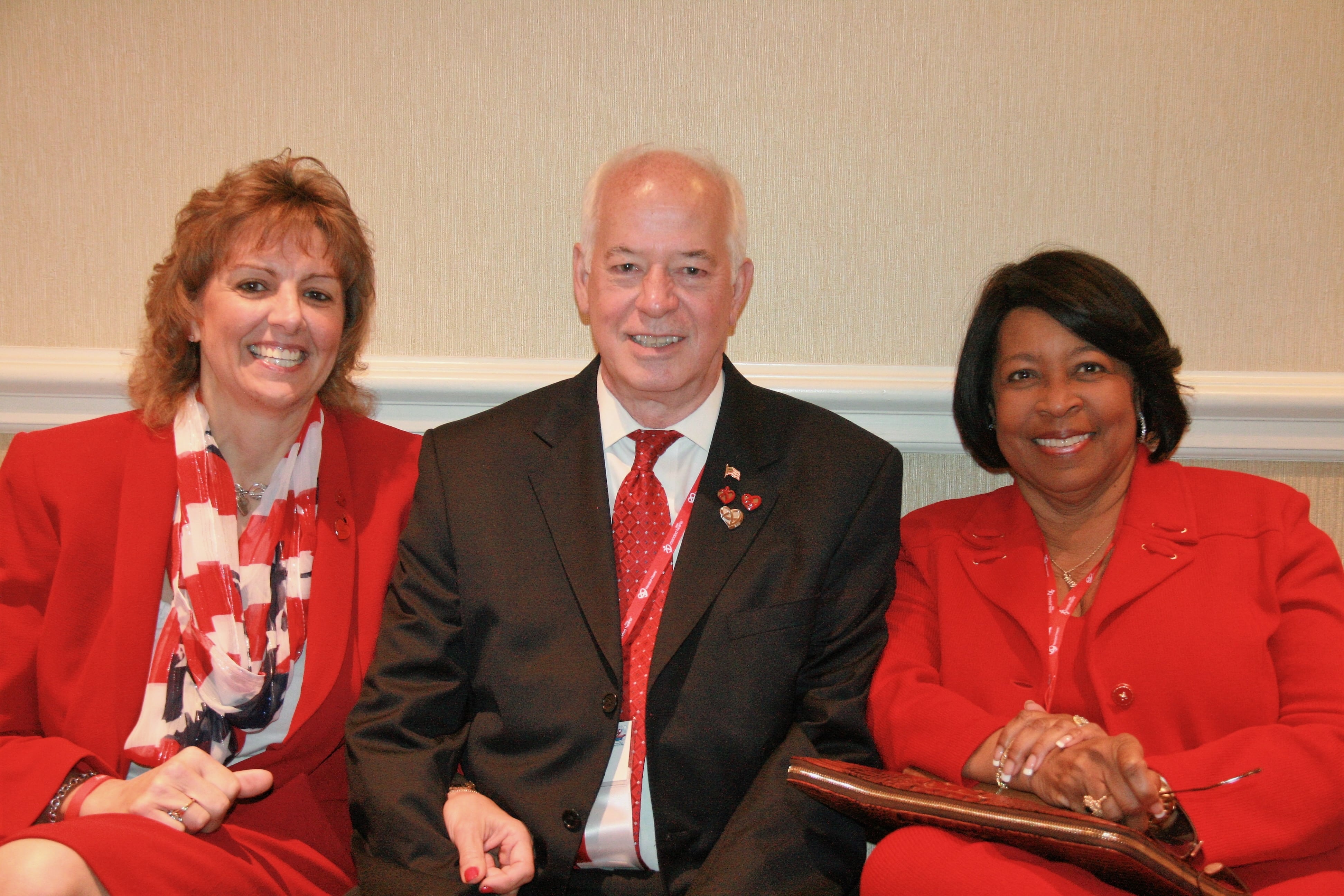It was 3 a.m. when I stepped out of a friend’s house, breathed in the cold air, and suddenly felt as though I’d been hit in the chest with a hammer. At first, I thought I was being attacked — but then I realized something was happening inside my body. The pain spread from my chest up into my jaw, and I convinced myself that if I could just get home and into a cold shower, everything would be fine. Looking back, I should have asked for help right away.
"I thought I was being attacked, but it was my heart tearing from the inside. Against the odds, I survived one of the most extensive aortic dissections my doctors had ever seen. My story is a reminder to always listen to your body and seek help right away."
What I didn’t know then was that I was experiencing a Type A aortic dissection — a life-threatening tear in the main artery leading out of my heart. Over the next few days, my symptoms came and went. I even lost strength in my arm, which was likely a small stroke. Despite repeated visits to hospital, the full extent of the problem wasn’t diagnosed until several days later. By then, my aorta and other arteries had severely torn.

Life Before – The Signs I Missed
As far as I knew, I had always been in good health. But looking back, there were signs I had normalised. I often struggled with energy, broke into unexplained sweats, and lived with chronic heartburn that I put down to my diet. I had even presented at A&E a few times when I felt my heart skip a beat, but my ECGs came back normal and I was reassured it was nothing.
In reality, I had long-term aortic valve regurgitation and an enlarged heart — factors that likely contributed to my dissection. Ironically, my body’s adaptation to these problems may also have helped me survive, because my organs had learned to cope under unusual pressure.
The Emotional Journey
Those days before my diagnosis were a blur. I felt extremely unwell, drifting between bed and brief outings for fresh air or pain relief. I tried not to panic — I told myself staying calm was the only way to keep my body from spiraling.
When the diagnosis finally came, my main feeling wasn’t fear but relief. Relief that I wasn’t imagining things. Relief that doctors now knew what was wrong and could act. I didn’t dwell on the risks — partly because I was too unwell and delirious, partly because there was no time. It was overwhelming acceptance: “This is what’s wrong, and now we need to fix it.”
I kept my family in the dark at first, playing things down over the phone. I didn’t want them to hear fear in my voice or imagine the worst. Only once I was given a bed and told to call loved ones did I let them know more.
Life After Surgery
Against all odds, I survived. My surgeons told me it was one of the most extensive dissections they had ever seen. I later learned that most people don’t make it to the hospital alive. The fact that I was near a specialist centre, and that my surgeon postponed his holiday, feels like more than coincidence — it gave me faith.
Recovery has been tough. I live with nerve pain from the surgery and the constant knowledge that physical strain could still be dangerous. Emotionally, that’s a heavy weight to carry. But it has also changed my perspective. I drink less, I’ve given up smoking, and I go easier on myself. I’ve learned the importance of looking after my health while also appreciating that survival itself is a gift.

Lessons Learned
Looking back, I wish I had represented myself more strongly in A&E all those years ago when I suspected something wasn’t right. An ECG alone wasn’t enough — my physical characteristics should have triggered further tests, like an echocardiogram or CT scan. I want healthcare professionals to look beyond the machines and listen to patients, noticing the small signs that might point to something serious.
For patients, my advice is simple: don’t be afraid to push for answers. Your health is more important than anything else. Missing a couple of days of work is nothing compared to missing the chance to save your life.

